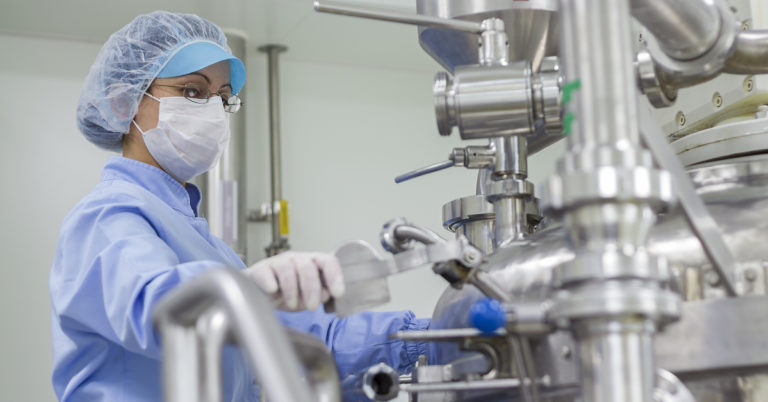How To Relocate A Life Sciences System Successfully

Businesses needs to occasionally dictate the need to relocate qualified and validated quality impacting systems at life sciences companies. The moving expenses alone are a significant investment. So how do life sciences companies ensure that equipment is safely and successfully relocated and requalified?
This article will help identify keys to success when it comes to planning, validation and risk assessment.
How To Relocate Life Sciences Systems
Plan
Any validation project needs appropriate planning. A validation transfer plan needs to be implemented and ratified by all process stakeholders and may even include representatives of the moving company and engineering firm who are tasked with the sometimes-delicate nature of building and transporting systems that process delicate materials under tightly-controlled parameters.
The stakeholder document may or may not be fully documented in a Validation Plan, but should be documented somewhere to prevent misunderstandings during relocation execution.
Create A Schedule
Planning includes careful development and implementation of a project schedule. Before implementing into project scheduling software, it is imperative to understand all the dependencies and prerequisites for each task in the schedule.
The appointed Project Manager cannot be expected to understand all these intricacies, so open communication of the proposed schedule is needed so informed stakeholders can provide input. Sticky notes with project tasks, placed on a wall or large whiteboard depicting a timeline provides a convenient method of publicly displaying a developing schedule.
Until the plan is sufficiently solidified for computerized input, the Project Manager can ensure adherence to agreed due dates.
Assess Risk
To keep the qualifications focused, a risk assessment for each relocated item should be defined and approved. When relocating a previously-qualified system, a full requalification is often unnecessary because a sample of quality-indicating tests can determine whether a system continues to perform to meet its critical attributes.
For example, relocation of an incubator may require temperature remapping and a review of proper utilities connections, but may not require a full study if it is inspected for shipping damage and no obvious damage is evident.
For abbreviated qualifications to be acceptable, it is important to perform a risk assessment that explains which risks are present during equipment qualification, which are minimal, and the proper justification. Lack of such documented evidence sows seeds of doubt in an inspector who may visit the new site after production startup and call all relocation qualifications into question. When in doubt, write it out!
Furthermore, criteria for process transfer are needed to demonstrate that the process is capable in the new location. Process validation or selected high-impact representative processes for revalidation are needed to ensure that the relocated and/or new systems, when used together, result in a process meeting its acceptance criteria.
Ready To Relocate?
System relocations, to be effective, require plenty of advance planning to assess timelines, strategy, and risk. Open communication and project management are likely to result in cost-managed solutions that pass muster in a future audit situation.